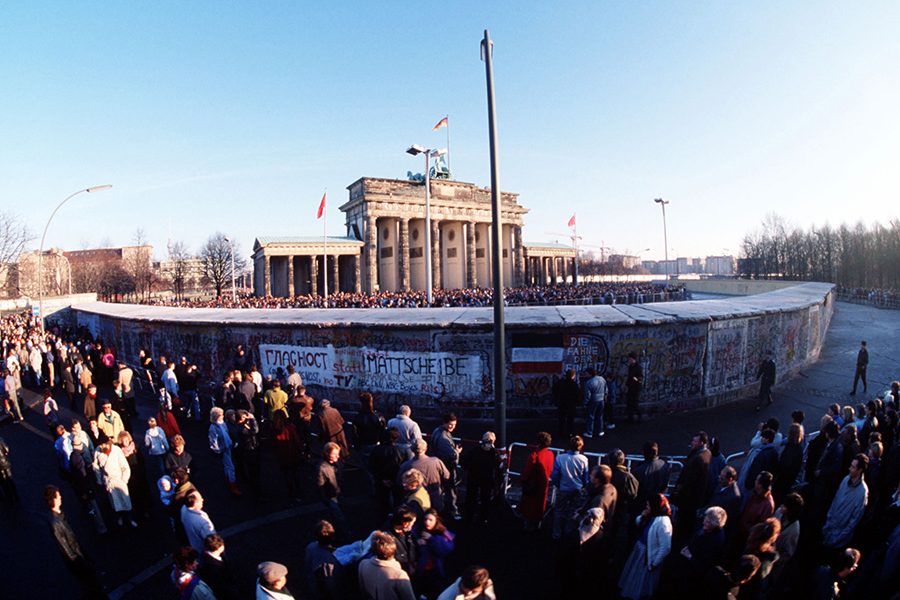
When the Berlin Wall fell 30 years ago, it marked the opening of a border that had divided the German city for decades and a milestone on the way to the reunification of East Germany and West Germany the following year.
“When the wall fell, Germans thought they were the happiest people in the world,” said Nathan Stoltzfus, professor of history at Florida State University.
Former German Chancellor Willy Brandt famously told jubilant Germans that, “now what belongs together will grow together.” But this enthusiasm soon dampened.
Thirty years later there are signs that the rift between western and eastern Germany is growing as favored political parties in the east, on the far right and hard left, campaign to change the social and economic order that has prevailed in Germany’s liberal democracy for eight decades.
Stoltzfus lived in East Germany and West Germany as a graduate student and was in Berlin the night the wall fell. He is available to comment on the history of German reunification and its lasting effects.
Stoltzfus was in the country during a momentous time. He remembers being met by a member of the Stasi, the East German secret police, as he went to meet someone for an interview and being told at his university that he couldn’t just meet with anyone. It had to be “organized.” He traveled to West Berlin through an underground crossing point several times and was astonished to see that parts of the city he knew from the East were right next to parts of the city he knew from the West, but were blocked from each other by the wall.
When reunification came, it was West Germany that set the agenda, which many also have described as an annexation of the East by the West, said Stoltzfus.
East Germany’s passage to capitalism was different from other Eastern European countries because it was determined by West Germany. Many people hoped that the new country would combine the best of the East with the best of the West. Even in 1989, some East German protest leaders wanted to reform their own government instead of adopting West Germany’s model. But the most high-profile item that the West borrowed was the design of a traffic light indicating whether pedestrians should walk or wait, Stoltzfus said.
“East Germans thought they would have everything the West Germans had on TV without changing their lifestyles,” he said. “But they were greeted with competition — not just for jobs and in establishing businesses — but in shopping. For example, when suddenly, with prices no longer fixed by the state, they encountered the same product for sale at different rates in different stores. Not accustomed to risk, some sunk everything they had in this or that store and waited endlessly for customers.”
A promised economic boom in the former East Germany did not materialize easily, even as the West German economy contributed billions in financial aid to projects meant to improve the former East.
By now, although the economic gap between eastern and western Germany is closing, the divide continues. A festering sense among Easterners that Westerners, who condescend toward them, are too dominant in politics and economics has become a sense among some Easterners that they are victims of a culture and politics that was thrust upon them, Stoltzfus said.




